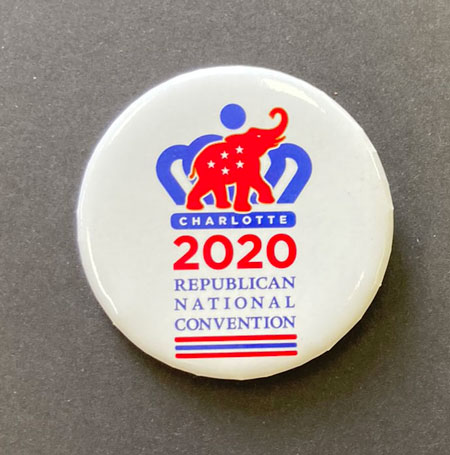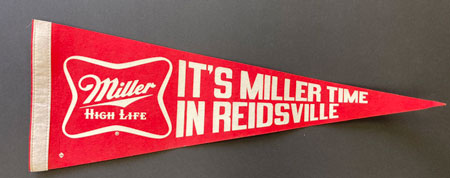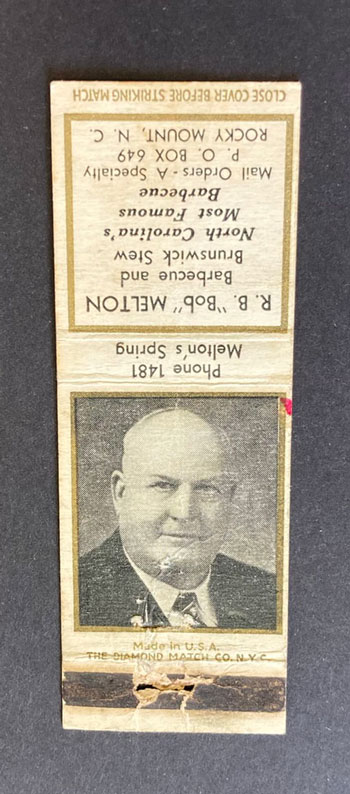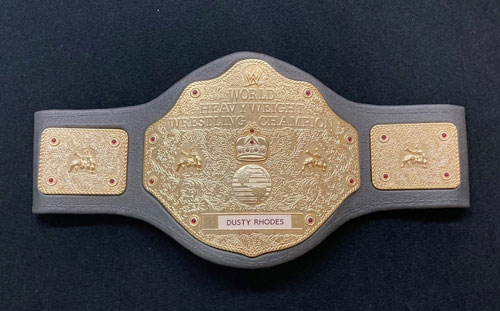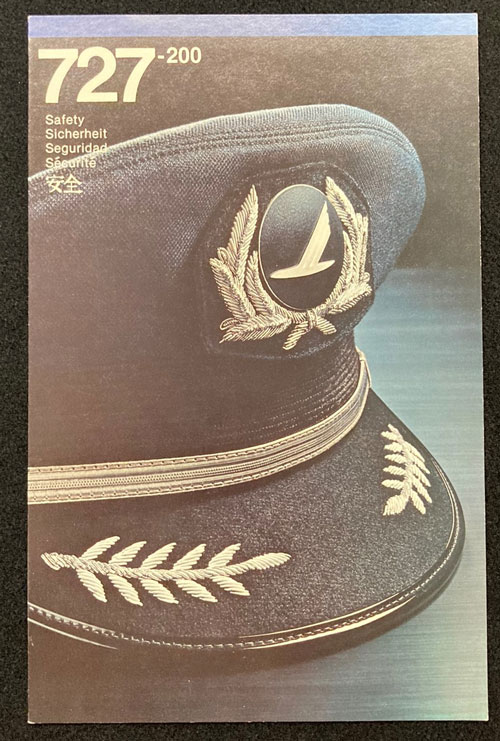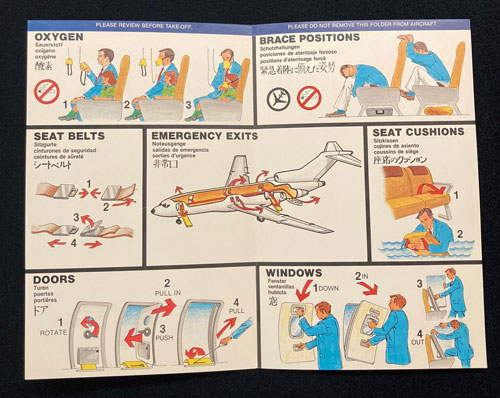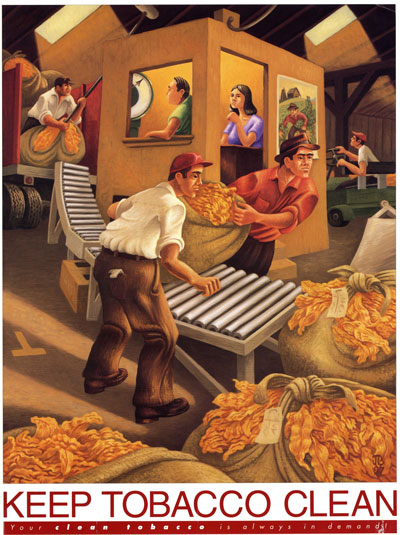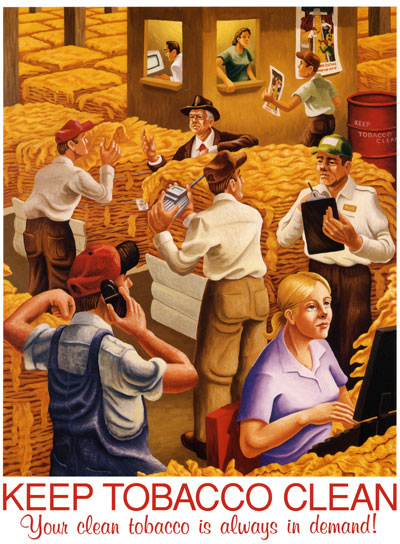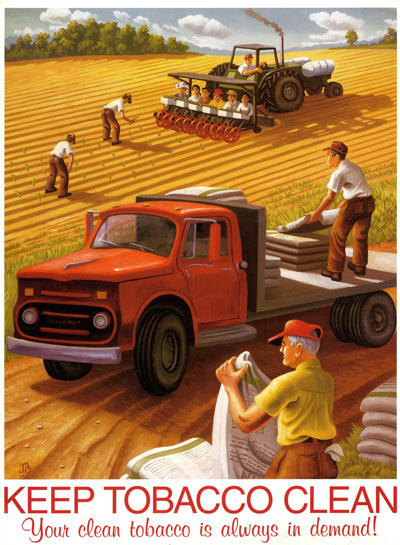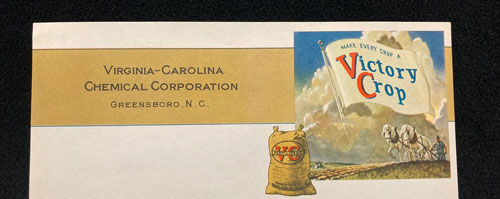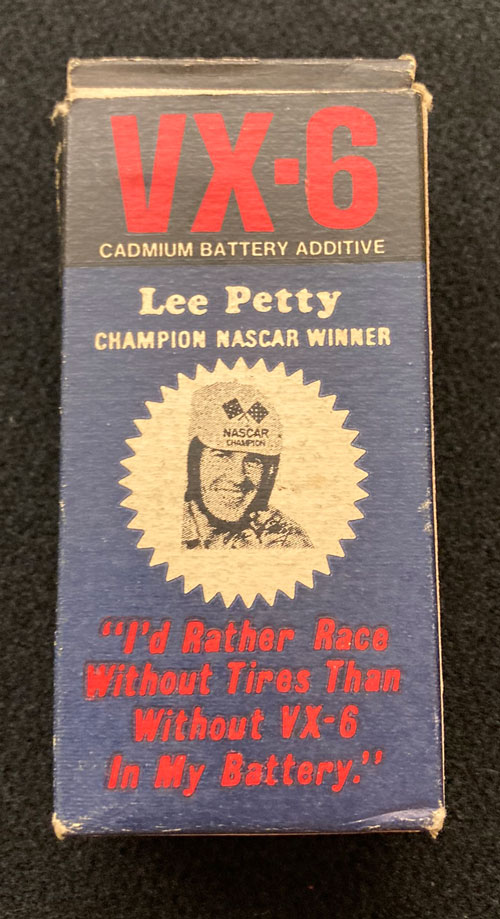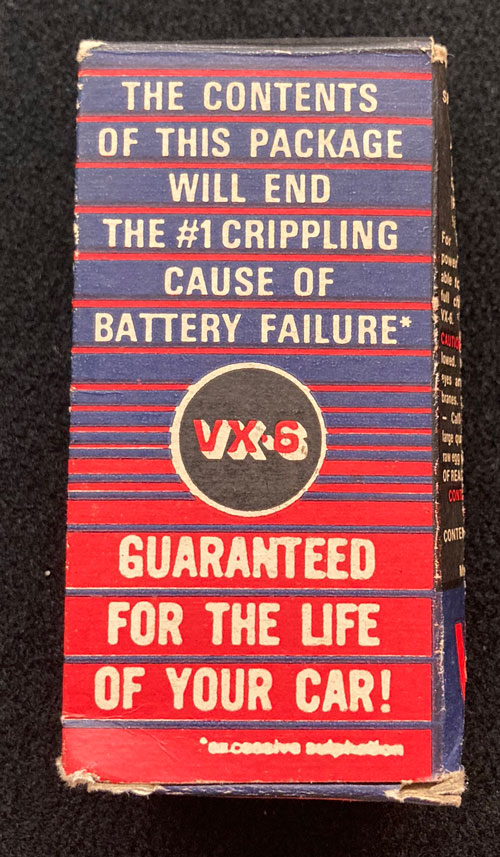“It wasn’t long ago that President Donald Trump foresaw accepting the Republican nomination for president for a second time in front of a roaring crowd.
“Instead, the Republican National Convention will be a far more scaled-back affair, with an even smaller crowd than what was initially — and even more recently — planned for Trump’s celebration.
“The coronavirus thwarted plans to pack a North Carolina sports arena with red-clad supporters, and left Republicans with a pared-down gathering across two cities that will include a mix of prerecorded content from Washington, D.C.
“While Charlotte was expected to hold the full convention this year, after being selected more than two years ago, those plans were abruptly altered by the president. Trump’s desire for a boisterous celebration in the middle of a pandemic led to him briefly move his acceptance speech to Jacksonville, Florida, before the coronavirus once again forced those plans to change.
“The convention is set to take place over four days — with Charlotte hosting official business — culminating in Trump formally accepting the nomination from the White House on Thursday night.”
— From “Split between 2 cities, Trump to accept nomination from White House” by Kendall Karson and Terrance Smith at ABC News (Aug. 23, 2020)

